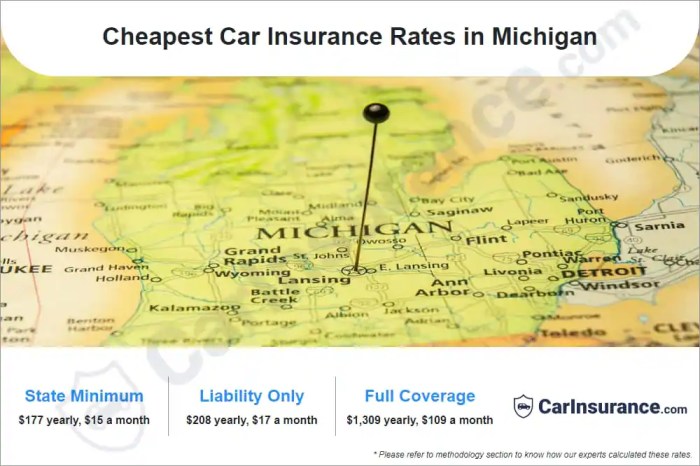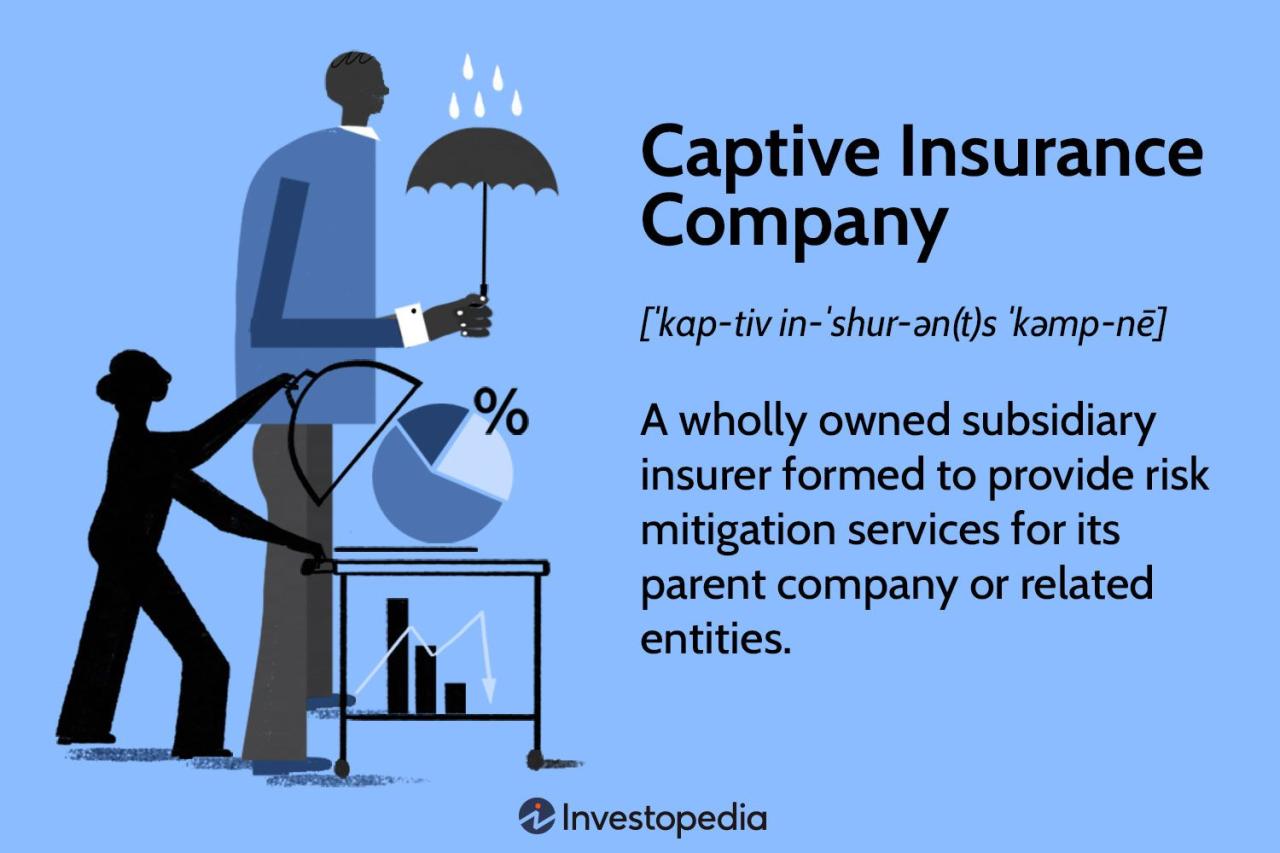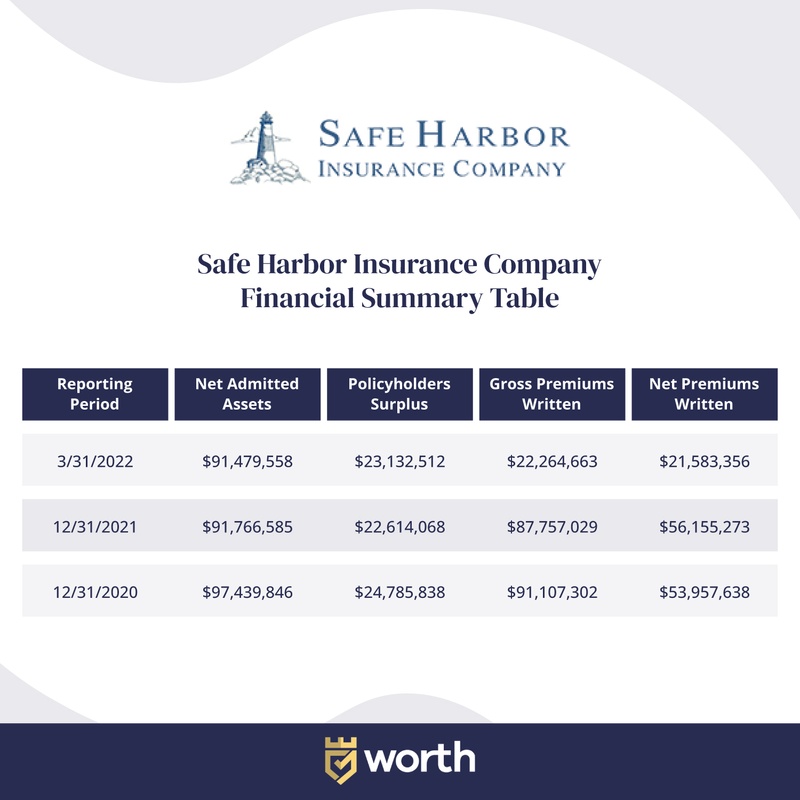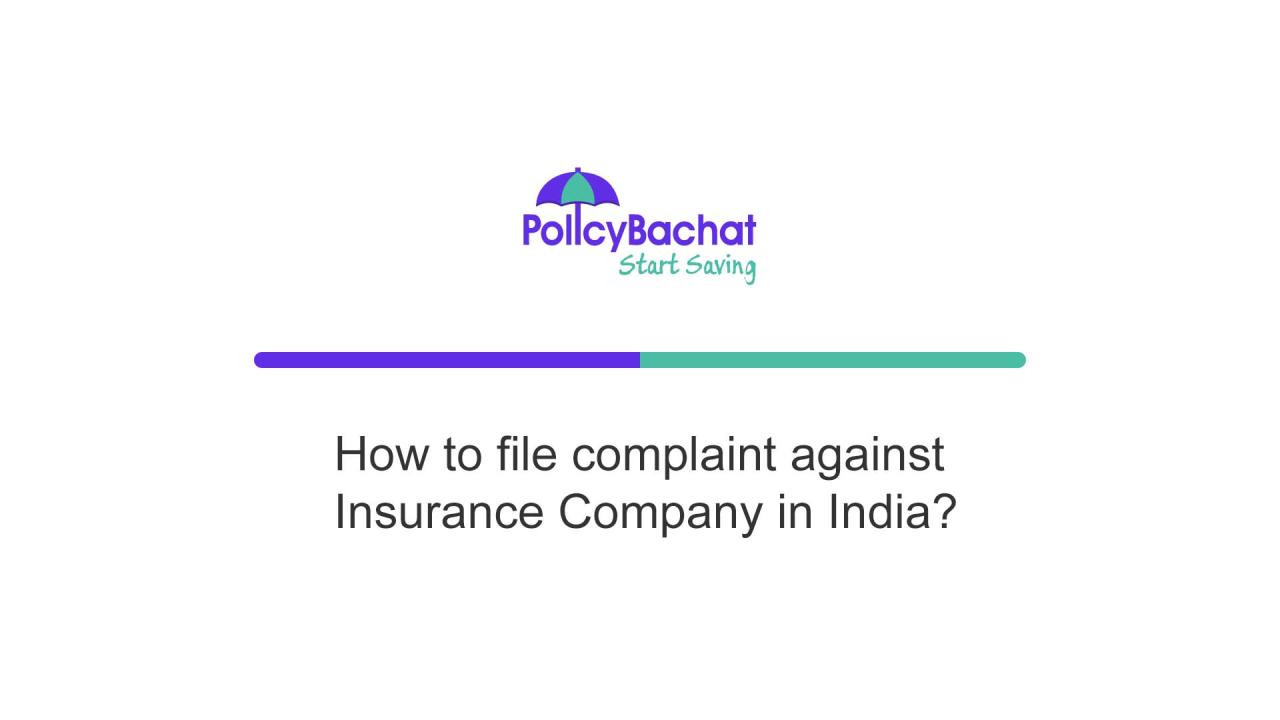The quiet unraveling of an insurance company, a process known as insurance run-off, is often far from quiet. It’s a complex, multifaceted undertaking demanding meticulous planning, robust financial management, and deft regulatory navigation. This intricate process, involving the winding down of an insurer’s operations after ceasing to write new business, presents unique challenges and opportunities, impacting stakeholders from policyholders to reinsurers. Understanding the intricacies of insurance run-off is crucial for anyone involved in the industry, from executives charting a company’s future to investors assessing risk. This guide delves into the various aspects of insurance run-off, from defining its key characteristics and outlining the financial implications to exploring regulatory requirements and effective management strategies. We’ll examine claims handling, reinsurance strategies, investment approaches, and potential legal pitfalls, providing a comprehensive overview of this often-overlooked yet critically important area of the insurance landscape. Real-world case studies will illuminate the successes and failures, offering valuable lessons for navigating this complex process. Defining Insurance Runoff Insurance runoff represents the phase in an insurer’s life cycle where it ceases underwriting new business and focuses solely on managing its existing liabilities. This involves settling outstanding claims, managing existing policies, and gradually reducing the company’s exposure to risk. The process is often complex and lengthy, requiring meticulous planning and execution.The characteristics of a company in runoff are distinct. These firms no longer actively seek new policyholders; their primary operations revolve around fulfilling obligations to existing policyholders. This often translates into a shrinking workforce, reduced operational expenses, and a shift in focus from growth to efficient claim settlement and reserve management. Profitability during runoff is typically derived from the investment income generated from reserves, rather than from new premiums. Regulatory oversight remains crucial throughout the process, with ongoing reporting requirements designed to ensure the solvency of the runoff entity and the protection of policyholders. Characteristics of a Company in Runoff A company in runoff exhibits several key characteristics. It maintains a reduced operational structure, often significantly smaller than its pre-runoff state. This includes a streamlined workforce focused on claims handling, policy administration, and investment management. The company’s primary revenue stream shifts from premium income to investment returns on its reserves. Furthermore, new business acquisition ceases entirely, with all efforts directed towards the orderly fulfillment of existing obligations. This focus on liabilities often leads to a reduction in marketing and sales activities. Finally, rigorous regulatory compliance remains paramount, necessitating detailed reporting and oversight to ensure the protection of policyholder interests and maintain solvency. Stages Involved in the Insurance Runoff Process The insurance runoff process unfolds in several distinct stages. The initial phase involves planning and preparation, including a comprehensive assessment of existing liabilities, the development of a detailed runoff plan, and securing the necessary regulatory approvals. This is followed by the active management of the runoff, which encompasses claims handling, policy administration, and investment management. During this stage, the company meticulously manages its assets and liabilities to ensure the timely settlement of all outstanding claims. The final stage involves the eventual liquidation of the company, once all obligations have been met and the remaining assets have been distributed according to the established plan. The timeline for this entire process can span several years, even decades, depending on the complexity of the insurer’s liabilities and the nature of its existing policies. For example, a company with long-tailed liabilities, such as those related to asbestos claims, may face a considerably longer runoff period compared to a company with predominantly short-tailed liabilities. Financial Implications of Runoff Insurance runoff significantly impacts a company’s financial health, demanding careful management and strategic planning. The transition away from active underwriting necessitates adjustments across various financial statements, influencing solvency, liquidity, and overall profitability. Understanding these implications is crucial for stakeholders and regulators alike.The impact of insurance runoff on a company’s financial statements is multifaceted. Firstly, the income statement will reflect a decline in underwriting income as new premiums cease to flow. However, this is often offset, at least initially, by the continued release of reserves previously set aside to cover claims. The balance sheet will show a decrease in assets related to underwriting (e.g., unearned premiums), while liabilities related to outstanding claims will gradually decrease as claims are settled. The cash flow statement will experience changes depending on the speed of claim payments and the release of reserves. A well-managed runoff will ideally generate a positive cash flow from the release of reserves, though this can be offset by increasing expenses associated with claims handling and administration. Impact on Solvency and Liquidity Runoff significantly affects a company’s solvency and liquidity. Solvency, the ability to meet long-term obligations, is impacted by the ongoing settlement of claims. A large and unexpected increase in claims could severely strain solvency, particularly if the released reserves prove insufficient. Liquidity, the ability to meet short-term obligations, is affected by the timing of claim payments and the availability of cash reserves. A slow release of reserves or a surge in unexpected claims can create liquidity issues, potentially forcing the company to sell assets or seek external funding. For example, a company with a large portfolio of long-tail liabilities (such as asbestos claims) might experience prolonged liquidity pressure during runoff as claims emerge over many years. Financial Strategies Employed During Runoff Companies employ various financial strategies to navigate the challenges of insurance runoff. These strategies often focus on optimizing the release of reserves, managing claims effectively, and minimizing expenses. One common strategy is active claims management, which involves proactively investigating and settling claims to reduce uncertainty and expedite the runoff process. Another strategy is reinsurance, which transfers some of the risk and associated liabilities to a reinsurer, reducing the financial burden on the running-off company. Furthermore, companies might pursue asset sales to generate liquidity and fund claim payments, or they may implement cost-cutting measures to reduce operational expenses. For instance, a company might choose to consolidate its operations, reducing overhead costs and streamlining claim processing. The specific strategies adopted will depend on the company’s individual circumstances, the nature of its liabilities, and the overall market conditions. Regulatory Aspects of Runoff Navigating the complex landscape of insurance runoff requires a thorough understanding of the regulatory requirements imposed on companies entering this phase. These regulations vary significantly across jurisdictions, impacting operational strategies, financial reporting, and ultimately, the successful completion of the runoff process. Failure to comply can lead to significant penalties and reputational damage. Key Regulatory Requirements for Insurers in Runoff Insurers entering runoff face a multifaceted set of regulatory obligations designed to protect policyholders and maintain financial stability. These requirements often involve stringent oversight of asset management, reserving practices, and ongoing solvency monitoring. Specific regulations will depend on the jurisdiction and the type of insurance business being run off. For example, regulators may mandate specific investment strategies to ensure sufficient liquidity to meet future claims payments, or require detailed actuarial analyses to justify reserve levels. They may also impose restrictions on new business writing or the distribution of dividends. Comparative Analysis of Regulatory Frameworks Regulatory frameworks governing insurance runoff differ considerably across jurisdictions. The UK’s Prudential Regulation Authority (PRA), for example, has established a robust framework focusing on detailed reporting, adequate reserving, and ongoing supervision. In contrast, the regulatory approach in the US varies significantly across states, with some states adopting a more prescriptive approach, while others offer greater flexibility. The European Union’s Solvency II directive also plays a crucial role in shaping the regulatory environment for insurers in runoff within member states, focusing on a risk-based approach to capital requirements and supervision. These differences necessitate a careful jurisdictional analysis for companies planning or executing a runoff strategy. A company run off in the UK will face different requirements compared to one in the US or the EU. Reporting Obligations for Insurers in Runoff Insurers in runoff face heightened reporting obligations compared to active insurers. These often include frequent updates on reserve adequacy, asset valuations, and claims payments to the relevant regulatory authorities. The frequency and detail of these reports vary depending on the jurisdiction and the specific circumstances of the runoff. Regulators may require regular stress tests to assess the impact of adverse economic conditions on the company’s ability to meet its liabilities. Furthermore, companies may be required to submit detailed plans outlining their runoff strategy, including timelines, resource allocation, and anticipated costs. Non-compliance with these reporting requirements can result in penalties and further regulatory scrutiny. Runoff Management Strategies Effective runoff management is crucial for insurers exiting the market or specific lines of business. A well-defined strategy minimizes risk, protects policyholder interests, and optimizes the return on remaining assets. This involves a comprehensive plan encompassing liability transfer, asset management, and regulatory compliance throughout the process. Designing a Runoff Portfolio Management Plan A robust runoff plan requires a detailed assessment of the existing portfolio. This involves identifying all outstanding liabilities, including claims reserves, unearned premiums, and other potential obligations. The plan should specify how these liabilities will be managed, including strategies for claim settlement, reinsurance, and potential asset sales. A key element is establishing a dedicated runoff team with expertise in claims handling, actuarial analysis, and regulatory compliance. This team will oversee all aspects of the runoff process, ensuring efficient and compliant operations. The plan should also incorporate a detailed budget, projecting the costs associated with runoff activities, and outlining the expected timeline for completion. For example, an insurer might prioritize settling smaller, easily resolvable claims quickly to reduce administrative overhead, while employing more sophisticated strategies for larger, more complex claims. Transferring Liabilities During Runoff Transferring liabilities is a central component of runoff management. Several methods exist, each with its own advantages and disadvantages. Reinsurance plays a significant role, allowing insurers to cede a portion of their risk to a reinsurer. This can involve retrocessional reinsurance, where the reinsurer itself cedes a portion of the risk, or the creation of a special purpose vehicle (SPV) to hold and manage the transferred liabilities. Another approach is the use of quota share reinsurance, where a percentage of each policy is reinsured. Alternatively, insurers might explore portfolio transfers, selling blocks of business to other insurers or acquiring companies. The choice of method depends on various factors, including the size and complexity of the portfolio, regulatory requirements, and market conditions. A successful liability transfer minimizes the insurer’s ongoing exposure and accelerates the runoff process. For instance, a large insurer might opt for a combination of reinsurance and portfolio transfers to efficiently manage a diverse portfolio of liabilities. Establishing a Timeline for Runoff Completion The timeline for completing the runoff process is highly variable and depends on several factors, including the size and complexity of the portfolio, the chosen runoff strategies, and regulatory approvals. A realistic timeline should be established at the outset, incorporating milestones and checkpoints to track progress. Regular monitoring and adjustments are necessary to account for unforeseen circumstances or changes in market conditions. The timeline should also include provisions for potential delays, such as protracted litigation or unexpected claims. For example, a smaller insurer with a relatively simple portfolio might complete the runoff within five years, while a larger insurer with complex liabilities might require a significantly longer timeframe, potentially extending to ten years or more. … Read more










